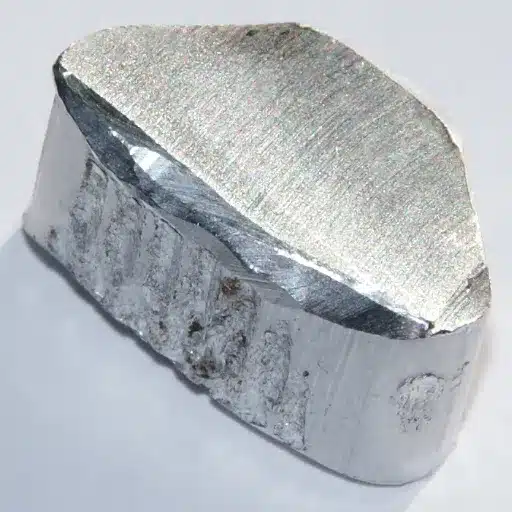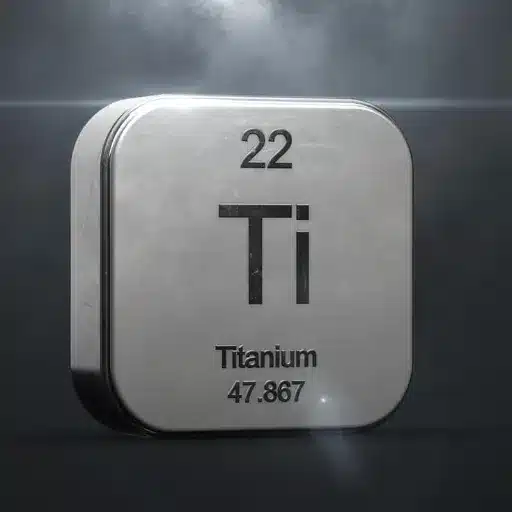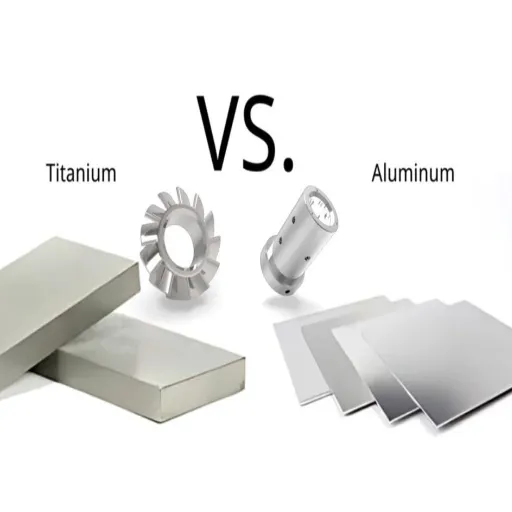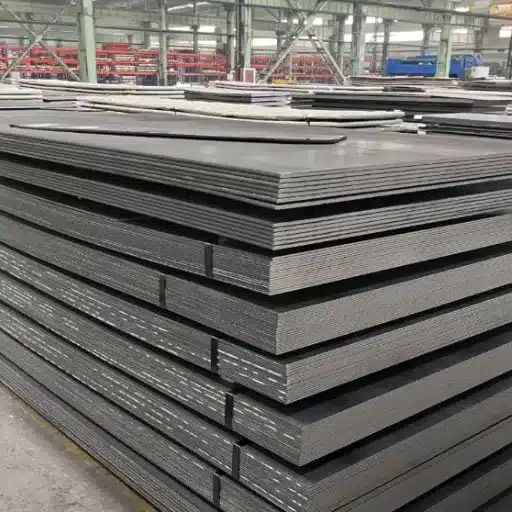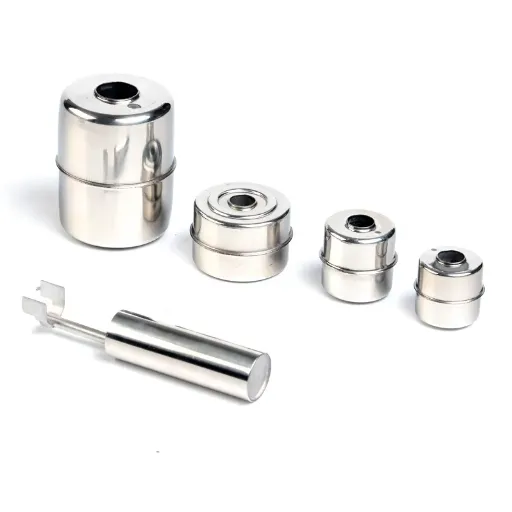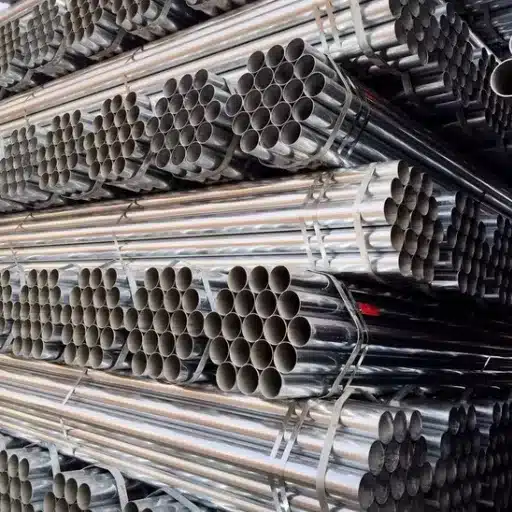Stainless steel is renowned for its exceptional durability, corrosion resistance, and versatility, but not all grades are created equal. Among the many options available, 304L stainless steel stands out as a premier choice for industries demanding superior performance in challenging conditions. This comprehensive guide explores the composition, properties, and applications of 304L stainless steel, providing valuable insights for construction professionals, manufacturers, and engineers who depend on robust materials.
Introduction to Stainless Steel
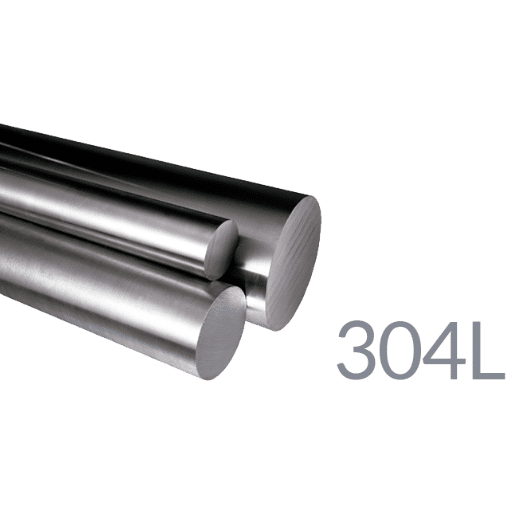
What is Stainless Steel?
Stainless steel is an alloy of iron containing chromium and other elements such as nickel, manganese, and carbon in varying proportions. The defining characteristic is that stainless steel contains a minimum of 10.5% chromium by mass, which forms an invisible protective coating of chromium oxide on the surface. This coating prevents rusting, creating an extremely durable and corrosion-resistant material suitable for diverse applications.
Stainless steel is classified into several categories based on composition and structural properties:
- Austenitic steels – the most widely used, offering high corrosion resistance and excellent fabrication qualities
- Ferritic steels – magnetic properties with moderate corrosion resistance
- Martensitic steels – high strength and hardness but lower corrosion resistance
- Duplex steels – combination of austenitic and ferritic characteristics for enhanced strength
- Precipitation hardening steels – optimized for high mechanical inputs in aerospace applications
Importance of Steel in Modern Applications
| Industry | Application | Key Benefits |
|---|---|---|
| Building & Construction | Skyscrapers, bridges, railways | Resistance, longevity, structural integrity |
| Automobile Industry | Vehicle components, structural elements | Cost efficiency, crash resistance (12–15% of global steel consumption) |
| Power Industry | Wind turbines, oil rigs, pipelines | High resistance, renewable energy applications |
| Medical Devices | Surgical tools, implants, equipment | Corrosion resistance, hygiene, biocompatibility |
| Domestic Uses | Cookware, appliances, kitchenware | Durability, heat resistance, fine finish |
304 and 304L Stainless Steel Explained
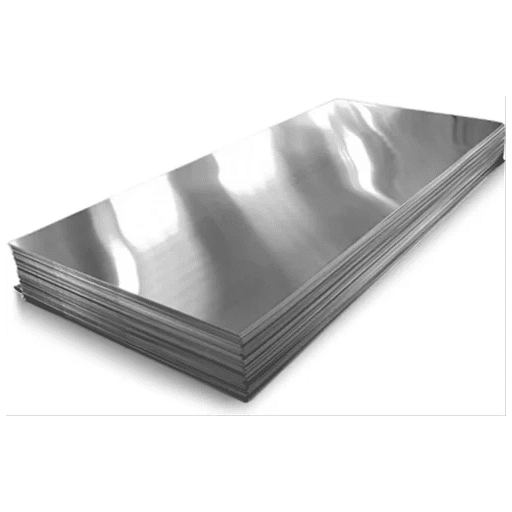
Overview
304 and 304L stainless steel contain chromium and nickel as their main elements, placing them in the austenitic category of stainless steel. Their exceptional corrosion resistance and fabrication benefits make them the most prevalent grades in the industry. The key difference between these two grades lies in their carbon content, which significantly impacts their welding performance and corrosion resistance.
Differences Between 304 and 304L
| Property | 304 Stainless Steel | 304L Stainless Steel |
|---|---|---|
| Carbon Content | Maximum 0.08% | Maximum 0.03% |
| Weldability | Good, but susceptible to carbide formation | Excellent – prevents carbide precipitation |
| Intergranular Corrosion Risk | Higher risk in welded joints | Significantly reduced |
| Tensile Strength | Slightly higher | Slightly lower but still excellent |
| Cost | Lower | Higher (due to additional processing) |
| Best Applications | General-purpose, non-welded applications | Heavy welding, corrosive environments |
| International Standards | ASTM A240, A276 | ASTM A240, A276 |
Key Difference: The primary distinction is carbon content. The 0.05% difference between 304 and 304L may seem minor, but it significantly impacts weldability and corrosion resistance in critical applications.
Why Choose 304L Stainless Steel?
304L stainless steel is the preferred choice for critical, high-corrosion applications due to several distinct advantages:
- Low Carbon Content (≤0.03%): Substantially prevents carbide precipitation during welding and heat treatment, eliminating the risk of intergranular corrosion
- Superior Weldability: Allows high-weldability applications such as chemical process vessels, storage tanks, and complex piping systems without structural compromise
- Enhanced Corrosion Resistance: Particularly effective in chloride-rich environments and seawater applications
- Excellent Formability: Can be molded into diverse products and is readily recyclable for sustainable production
- International Compliance: Meets stringent standards such as ASTM A240, ensuring global usability
- Long-Term Durability: Proven performance in demanding industrial and commercial sectors
Applications of 304 and 304L Stainless Steel
Food and Beverage Production Machinery
304 and 304L stainless steel are extensively utilized in food and beverage processing equipment, including tanks, pipes, and containers. Their high anticorrosive, sanitary, and easily cleanable properties make them ideal for maintaining hygiene standards. Resistance to both acidic and alkaline solutions ensures compliance with health regulations.
Chemical Handling and Processing
These alloys perform outstandingly when containing or transporting chemicals due to their favorable chemical resistance. 304L, as the low-carbon variation, is particularly effective at avoiding the danger of carbide formation during metal fabrication in environments combining heat and chemically aggressive mediums.
Engineering Constructions
Stainless steel types 304 and 304L are used in decorative elements such as handrails, roof sheets, and cladding panels. Their appealing aesthetics, robustness, and elimination of atmospheric corrosion ensure modern and industrial designs maintain both form and function over extended periods.
Surgical Tools and Pharmaceutical Equipment
Medical devices, surgical tools, and pharmaceutical equipment incorporate both 304 and 304L stainless steel due to their chemical inertness and ability to withstand aggressive sterilization processes. This prevents bacterial growth and contamination, making them essential in medical development and healthcare settings.
Offshore and Marine Applications
While not specifically designed for extreme high-salinity conditions, 304 and 304L stainless steel find various uses in marine environments such as boat fittings, tanks, and structural elements exposed to fresh water or low-salinity waters. Their superior corrosion-resistant properties enable reliable long-term performance.
Physical Properties of 304L Stainless Steel
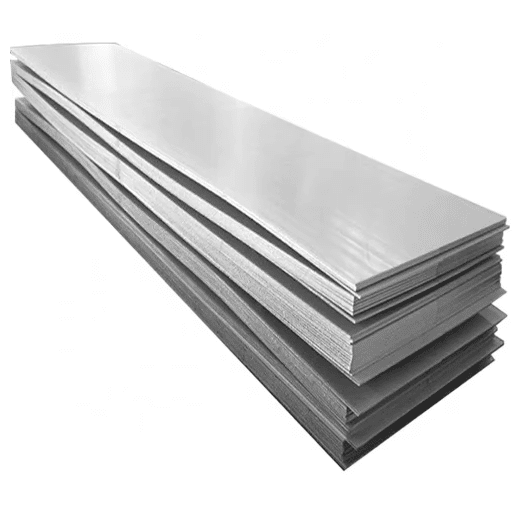
Key Physical Characteristics
Density: Approximately 8.0 g/cm³
Melting Temperature: 1,398 to 1,454°C (2,550 to 2,650°F)
Thermal Conductivity (100°C): 16.2 W/m·K
Specific Heat Capacity: 500 J/kg·K
Electrical Resistivity (20°C): 72 µΩ·m
Mechanical Properties
| Property | Value | Unit |
|---|---|---|
| Tensile Strength | 485–620 | MPa (70,000–90,000 psi) |
| Yield Strength (Annealed) | 170 | MPa (25,000 psi) |
| Elongation at Break | 40% | — |
| Brinell Hardness | 201 | HBW |
| Impact Toughness (Charpy) | >60 | J |
Nominal Composition of 304L
The mechanical properties and corrosion resistance of 304L stainless steel depend on the specific balance of alloying elements:
Carbon (C): Maximum 0.03%
Chromium (Cr): 18.00–20.00%
Nickel (Ni): 8.00–12.00%
Manganese (Mn): Maximum 2.00%
Silicon (Si): Maximum 0.75%
Phosphorus (P): Maximum 0.045%
Sulfur (S): Maximum 0.030%
Iron (Fe): Remainder (filler)
These elements work synergistically to increase weldability, enhance resistance to intergranular corrosion, and elevate mechanical characteristics even in harsh environments.
Density and Weight Considerations
304L stainless steel has a density of approximately 8.0 g/cm³, making it a relatively heavy material. This density considerably affects the weight of installed components. While 304L cannot be used for applications requiring lightweight construction (such as aerospace), its excellent corrosion resistance, weldability, and strength make it ideal for stationary industrial equipment in chemical, food, and water industries where durability is prioritized over weight.
Corrosion Resistance of 304L Stainless Steel
Resistance Mechanisms
304L stainless steel provides exceptional corrosion resistance due to its low carbon content, which prevents carbides from forming readily during welding and heat treatment. A passive oxide layer forms over the material’s surface with chromium content in the range of 18–20 mass percent. This chromium bonds readily with oxygen, effectively preventing corrosion pit formation.
Environmental Performance
304L exhibits excellent resistance to many environments, including:
- Air and atmospheric conditions
- Slightly oxidizing and reducing currents
- Nitric acid and other acids
- Chlorides (with nickel content of 8–12% enhancing resistance)
- Seawater (though not for extreme high-salinity conditions)
Nickel Content Advantage
The addition of nickel (typically 8–12%) increases resistance to corrosion in chloride environments. However, very high chloride concentrations can result in stress corrosion cracking. Overall, the combination of low carbon and appropriate nickel content ensures toughness and rust resistance for extended service life in corrosive applications.
Mechanical Properties of 304 and 304L Stainless Steel
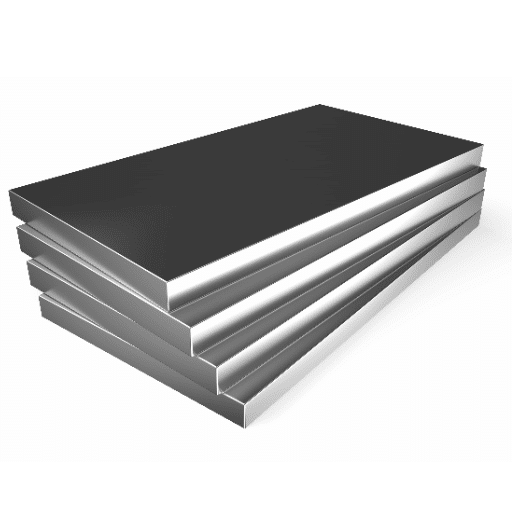
Comparative Analysis
Both 304 and 304L stainless steels present similar overall chemical composition and mechanical properties, with 304L being the lower-carbon grade ideally suited for weld corrosion resistance. The most relevant mechanical characteristics include:
- Tensile Strength: Approximately 505 MPa (73,200 psi) – suitable for applications requiring mechanical pressure
- Yield Strength: Around 215 MPa (31,200 psi) – maintains effective performance
- Elongation: Approximately 35% – demonstrates excellent ductility under standard test conditions
- Brinell Hardness: About 201 HBW – withstands sufficient wear and tear for commercial and industrial use
Tensile Strength of 304L
The typical tensile strength range of 304L stainless steel is between 70,000 and 95,000 psi (485–655 MPa) under uniaxial stress states. The lower carbon content minimizes the risk of creating carbides in heat-affected areas of weld materials, allowing superior corrosion-resistant properties to prevail. This makes 304L particularly valuable for applications requiring both medium constructional strength and high resistance to chemical action in building construction, chemical industries, food processing, and marine equipment.
Impact Toughness
Grades 304 and 304L are among the most widely used stainless steels for their extremely high impact toughness at specified temperatures. This toughness is critical for applications involving rain, water contact, and impact-resistant loads. Charpy impact energies at room temperature are characteristically greater than 60 J for both grades and remain significant even at cryogenic temperatures.
The primary difference between the two varieties is carbon composition. The relatively lower carbon in 304L minimizes chances of carbide formation during welding, a quality particularly appreciated in industrial processes where welded structures must remain intact in corrosive environments. This makes both materials essential choices for food, chemical, and marine processing industries.
Thermal Conductivity and Expansion
Thermal Conductivity
Heat conductivity is the capacity of a material to conduct heat, expressed in watts per meter-kelvin (W/m·K). Materials with good heat conductance properties, such as metals like copper and aluminum, find use where heat dissipation is critical. In contrast, thermal insulators—including ceramics and most polymers—have low thermal conductivity.
Thermal Expansion
Thermal expansion refers to the increase in size of a material due to temperature variation, governed by the Coefficient of Thermal Expansion. Understanding both thermal conductivity and expansion is essential because significant thermal perturbations in aerospace or transport engineering can cause material yielding or structural collapse if volumes expand differently.
High-performance materials such as diamond demonstrate very low coefficients of thermal expansion paired with high thermal conductivity—ideal for optical systems requiring accuracy during high temperature changes. Advanced polymer composites enhance maximum temperature maintenance and controlled stretching, enabling design of high-performance electronic devices.
Choosing Between 304 and 304L Stainless Steel
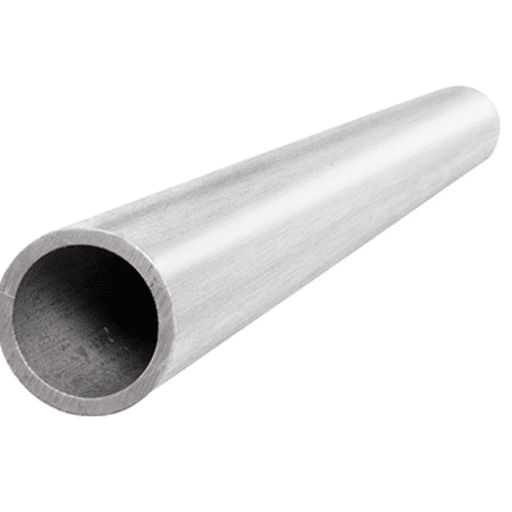
Selection Criteria
When choosing between 304 and 304L, conduct an in-depth analysis including mechanical and environmental constraints critical to your specific application. Both grades fall within the austenitic steel category with high corrosion resistance and easy fabrication, but they excel in different scenarios.
When to Choose 304L
Choose 304L for welding purposes or applications where carbon content reduction is desirable to prevent carbide precipitation. Its advantages include better performance in corrosive environments involving water, salt, and other corrosion-causing liquids. Ideal for chemical industries and marine applications requiring extended service life.
When to Choose 304
Choose 304 when slightly higher tensile strength is needed in high-temperature environments. In applications where welding is not a design function, 304 alloy can be applied as it is somewhat stronger and more cost-effective. Best for general-purpose applications without extensive welding requirements.
Factors to Consider in Selection
When evaluating materials, assess specific parameters including:
- Environmental Conditions: Consider exposure to corrosive agents, moisture, chemicals, and temperature ranges
- Mechanical Stresses: Evaluate tensile strength, yield strength, and impact resistance requirements
- Thermal Parameters: Assess thermal conductivity and expansion characteristics
- Fabrication Requirements: Determine if extensive welding or heat treatment is necessary
- Cost Analysis: Balance initial material cost against long-term maintenance and repair expenses
- Durability Requirements: Consider lifecycle costs and sustainability in industrial applications
Cost Analysis of 304 vs 304L
The initial cost of 304L is typically higher than 304 due to its refined composition and reduced carbon content, which prevents intergranular corrosion under high-temperature or extensive welding conditions. However, this higher initial investment often translates to lower total cost of ownership.
Long-Term Cost Considerations
| Factor | 304 Stainless Steel | 304L Stainless Steel |
|---|---|---|
| Initial Material Cost | Lower | Higher |
| Maintenance Requirements | Higher (especially when welded) | Lower |
| Repair Frequency | Higher in corrosive environments | Significantly reduced |
| Total Cost of Ownership | Higher over extended periods | Lower for critical applications |
| Best Economic Choice | Non-welded, general applications | Welded, high-corrosion environments |
Industries operating without failure tolerance and requiring minimized stoppage time—such as food and chemical processing—may justify the higher price of 304L through its superior durability and reduced repair requirements. The decision depends on thorough examination of each application’s specific conditions and inherent maintenance challenges.
Long-Term Performance and Maintenance
Durability and Lifecycle Optimization
For improved performance over extended periods and reduction in maintenance costs, advanced data analytical tools and predictive maintenance tactics are increasingly essential. Recent trends emphasize materials designed for durability and environmental friendliness, with growing consumer demand for modular, easily repairable products that reduce lifecycle costs and minimize environmental impact.
Best Practices for Extended Service Life
- Implement Predictive Maintenance: Use AI-enabled analytics and real-time data streaming to prevent failures before they occur
- Focus on Prevention: Emphasize preventive measures rather than curative approaches to reduce costly delays
- Design for Modularity: Select components that are easy to repair or replace, extending overall system longevity
- Monitor Environmental Exposure: Track exposure to corrosive agents and adjust maintenance intervals accordingly
- Choose Right Material Grade: Select 304L for high-corrosion environments to minimize premature degradation
- Support Sustainability Goals: Prioritize materials that support corporate environmental objectives through durability and recyclability
References
- High-Temperature Characteristics of 304L Stainless Steel – A resource from Stanford University discussing the use of 304L stainless steel in high-temperature environments like exhaust gas coolers.
- Microstructure Evolution in 304L Stainless Steel Subjected to Processing Variables – A study from Brigham Young University exploring the relationship between processing variables and microstructure evolution in 304L stainless steel.
- Processing of Fine Grained AISI 304L Austenitic Stainless Steel – Research hosted by Harvard University on the grain size and hardness relationship in AISI 304L stainless steel.
Frequently Asked Questions (FAQ)
What are the physical properties of 304l stainless steel?
304l stainless steel is highly resistant to every form of corrosion or rusting and thus applicable in the field. It possesses lower mechanical strengths than the traditional 304, an alloy that contains chromium, iron saturated with 8% of nickel, has a very good resistance to water corrosion. Moreover, this product with low carbon of 0.03% has great formability and weldability making it a good fit in a variety of sectors.
How is 304 different from 304l stainless steel?
The main characteristic that separates the two types of stainless steel, 304 and 304l, is the carbon content. 304l stainless consists of a maximum drop of carbon at 0.03 in contrast to the standard 304 which has an average of 0.08. Since the lesser carbon content, the 304l helps in these applications against the welding carbide formation which is more common in editor welds.
How strong is type 304l stainless steel in terms of mechanical properties?
The type 304l stainless steel has lower mechanical properties as compared to its counterpart 304 grade, although this can still be considered as very strong and tough. Such steel also boasts outstanding weldability such that it is possible to make heavy gauge parts without any structural deterioration. The mechanical attributes of this material as well as its excellent resistance to corrosion renders it to be used in most industries such as those for manufacturing of food and aerospace items.
What is the UNS number associated with the type 304l stainless steel?
The UNS designation for the 304l grade of the stainless steel alloy is S30403. This makes it easier to categorize the specific properties and uses of a particular alloy called S30403 which differs in carbon content from the 304 steel alloy otherwise. Such descriptions are helpful since it becomes easy to obtain the relevant data sheets and specifications whenever dealing with the alloy for a given project.
How does 304l stainless steel replace in welding practices?
In comparative terms, the choice of 304l stainless steel is ideal for welding applications owing to its ability to weld easily and also having less carbon content too. This alloy paves way to lesser post weld heat treatment as there will be decreased chances of carbides forming in the welds. Therefore, 304l is often used in the production of parts with enhanced weldability, due to these characteristics, it is one of the most sought after alloys in the market.
Which industries employ 304l stainless steel?
Type 304l stainless steel has become rather common in manufacturing industries such as the aerospace industry. Some other examples of these industries are food processing and chemical machining industries. Mechanical and chemical properties present in the design makes it corrosion resistant enough for any food preparation equipment to a bodyshell of an aircraft. Because of this design flexibility, the alloy is suitable for heavy gauge as well as thin gauge components.
Why is carbon content important in 304l stainless steel?
The level of carbon in 304l stainless steel is an important factor as it influences the behavior of the alloy. With a carbon compact of 0.03%, 304l enhances formability and at the same time avoids the formation of carbides upon welding. In this way, it can be of great benefit in corrosive conditions which have opportunities for welding and high temperature applications.
What are the differences in corrosion resistance between 304 and 304l standards?
Both standard and 304l stainless steels are known for their good resistance to corrosion, but the latter is more corrosion-resistant than standard due to the lowered carbon content. Such a feature enables it to function effectively in very aggressive environments especially in such conditions where substances cause corrosion for long periods or when working with pitting corrosion materials. The very low carbon content of 304l stainless steel doesn’t allow the corrosion properties to degrade and this makes it suitable for critical services that entail good corrosion resistance.

